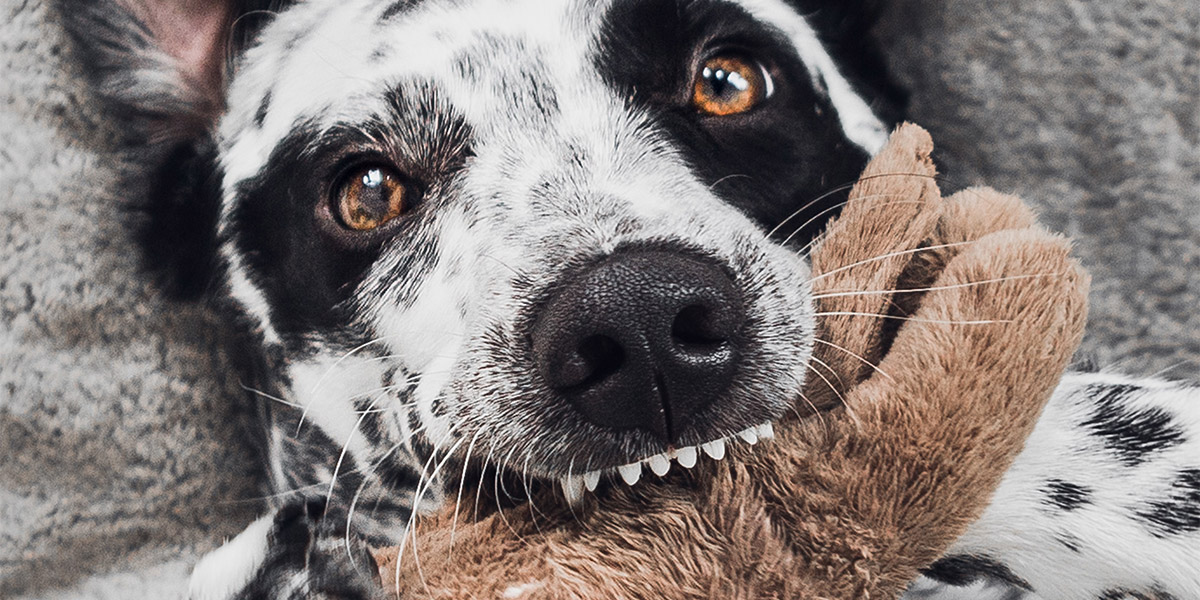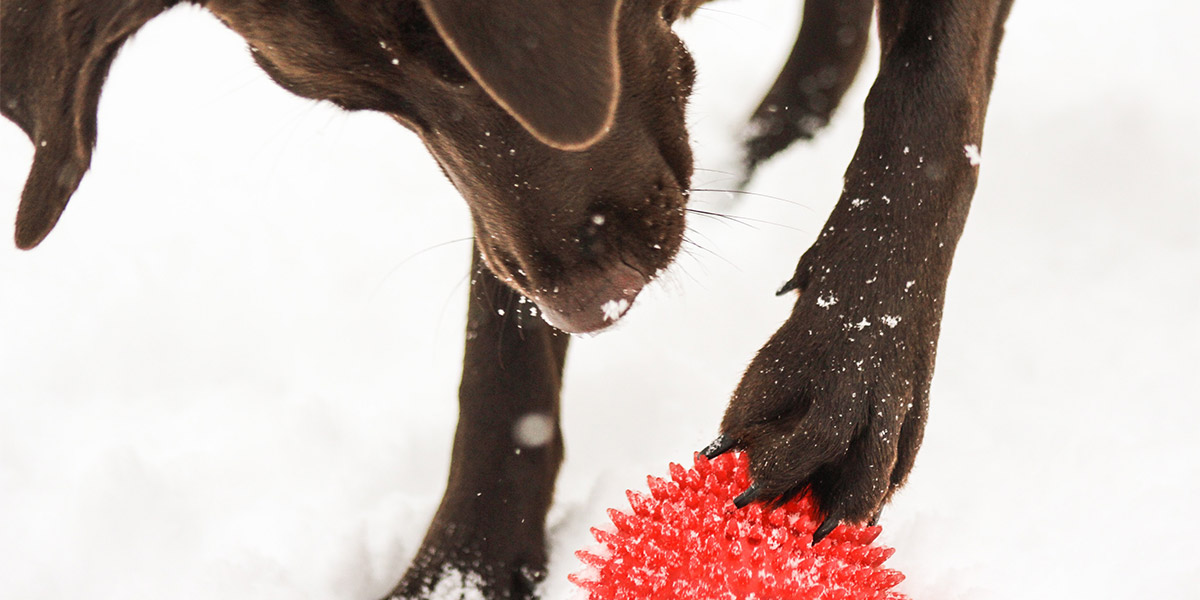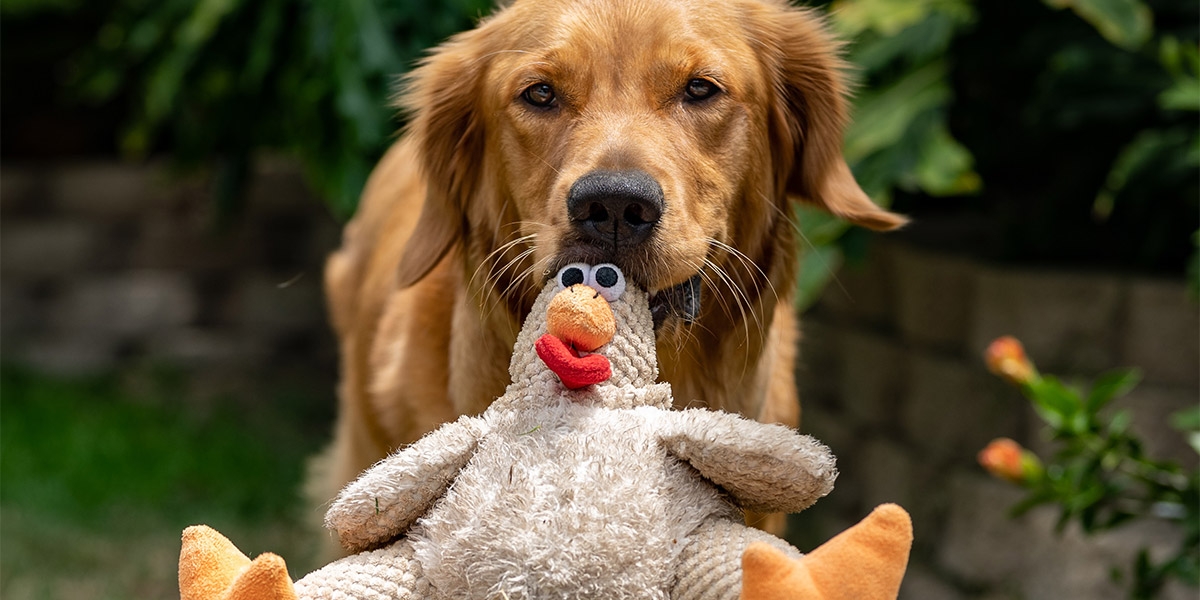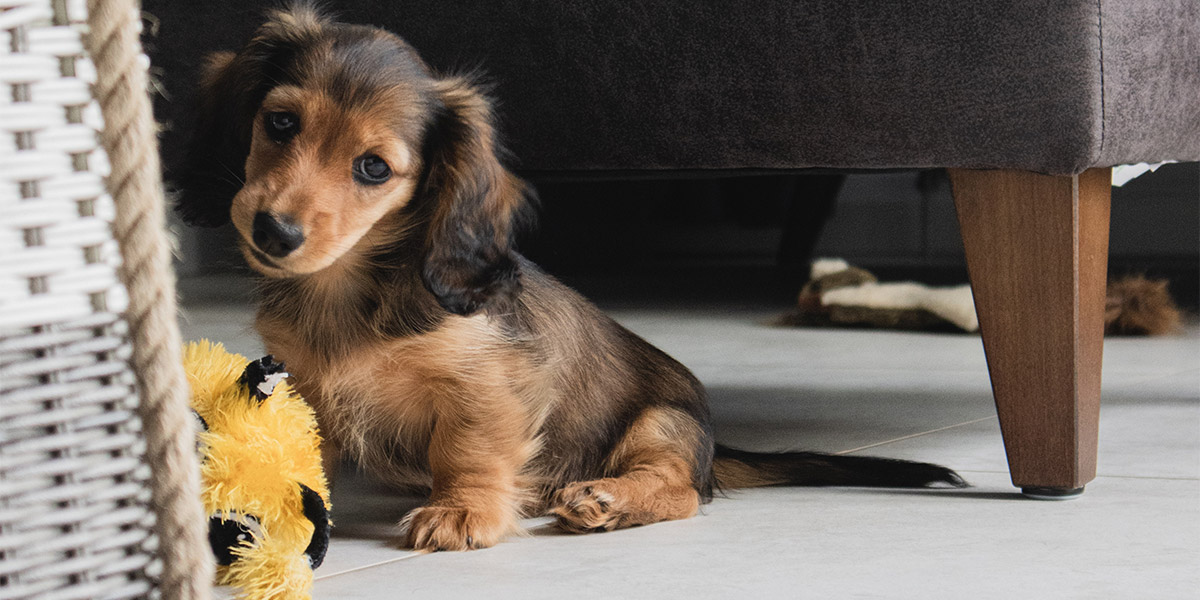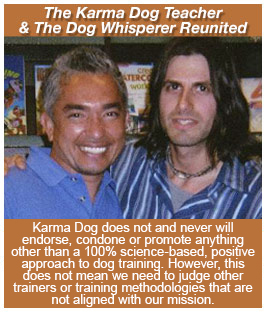RESOURCE GUARDING
A gentle, effective, and enlightened approach to dog training
A dog that growls, snarls, lunges, or bites over other things they find valuable may have resource guarding issues. Resource guarding is a common problem that many dog owners struggle with. For some dogs, it’s not a good idea to have the owner just to take away the food or toy from, challenge or discipline, your dog the dog as most commonly suggested. Sometimes, this can create an even bigger issue if the emotional conditioning to this event is not positive.
Dogs can guard just about anything and everything. Dogs guard space and places such as dog beds, couches, your bed, your lap, under a specific table or any place the dog is standing or lying down. Some dogs guard people and/or other dogs like a specific dog or family member, visitors to your house, or everyone. Dogs also guard objects like dog toys, your clothing, shoes, bones, or sticks. And many dogs guard food or treats or chews that are available to them, but also food that the dog cannot access. Sometimes dogs will want to guard the areas where food has been, for example, the kitchen or an empty dog bowl. Some dogs will guard water or smells too. Some telltale signs of guarding are stiff posture, hard stare, growling, quickly running away with or turning head quickly if someone approaches.
It is extremely important to prevent the dog rehearsing the guarding behavior because the more the behavior happens the harder it will be to break that habit. It is necessary to teach a dog to do what you want them to do instead of constantly correcting them or they will continue with the way they have been communicating or skip the warnings and escalate straight to biting.
Karma Dog Training can help you discourage resource guarding before it becomes too problematic and is best to begin as early as possible. Throughout your one-on-one customized training plan, we find the very best way to teach your dog calming concepts, interrupting and redirecting attention, and other coping skills that would mitigate guarding. We must change the dog’s emotional response to the situation in training set ups and implement management. We can use desensitization, counter-conditioning, differential reinforcement, and utilize foundational obedience skills. Together, we can fill your dog’s skills toolbox with more favorable options of how to respond to situations that previously caused possessiveness, and to help you intervene and prevent resource guarding issues.
By building a solid “leave it”, “drop it”, “come”, “go to kennel, bed, or place”, and “back up,” response to an interruptor noise, you can teach your dog alternate or incompatible behaviors. To reach these training goals, we must always keep a compassionate understanding and move at your individual dog’s pace. Our resource guarding protocols start off simply and work up criteria of challenges, ensuring success all the way. It is important to make it easy for the dog to succeed at every step in the most safe and positive route possible. The insights gained from these incremental exercises make it less likely that serious errors will be made if or when more complex resource guarding procedures are attempted. Karma Dog Trainers do not use intimidation to train so you can stay safe and get help with training and modifications. Just know that it could always come back due to regression in a new scenario, stress, arousal, pain or illness. So we can help you be prepared for it and continue with training on your own with confidence.
In short, we will
- Make a list of all the scenarios where resource guarding happens
- Create a management and prevention plan to prevent guarding from occurring outside of training sessions
- Create a safety protocol to prevent accidents and injury
- Learn what guarding looks like and be observant
- Train emergency behaviors to interrupt guarding before it starts or interrupt it after
- In training sessions teach your dog what you do want him to do in different social scenarios
- In training setups work on building a positive conditioned emotional response to situations your dog has a tendency to guard in by breaking the training up into small achievable steps by separating the triggers and adding them together systematically
SCHEDULE YOUR FREE 10 MINUTE
ZOOM, FACETIME, GOOGLE DUO, SKYPE,
OR PHONE CONSULTATION
Schedule Now
Contact UsEmily Ozrey
Director, Karma Dog Training
Director, Karma Dog Training




